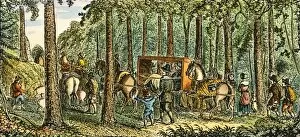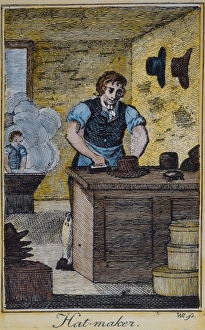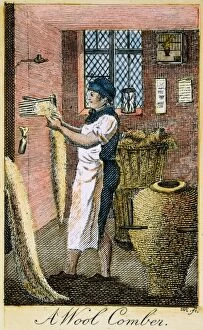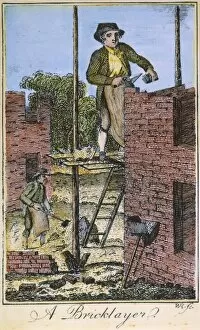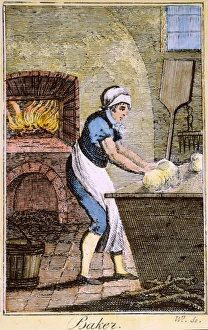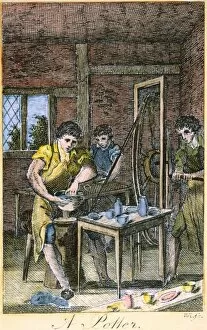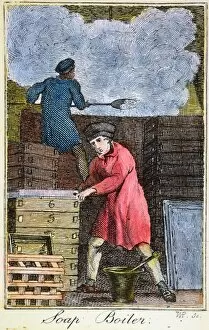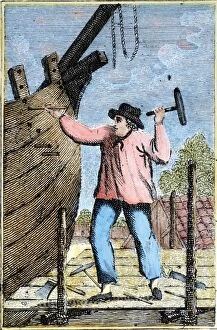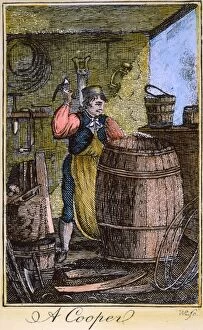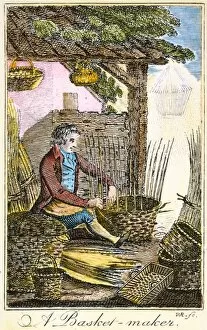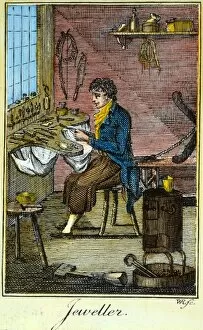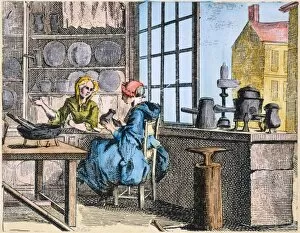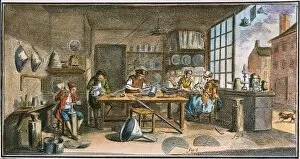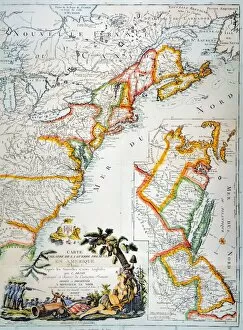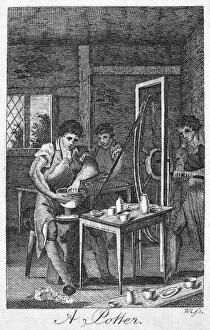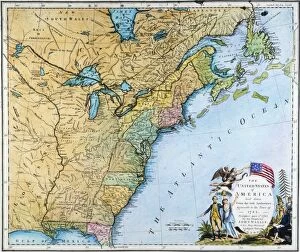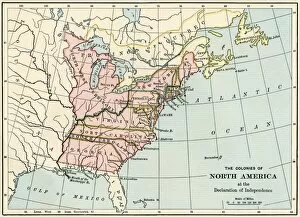Thirteen Colonies Collection (page 2)
"The Thirteen Colonies: Tracing the Birth of a Nation" In 1776, the thirteen original American colonies stood united, marking a pivotal moment in history
All Professionally Made to Order for Quick Shipping
"The Thirteen Colonies: Tracing the Birth of a Nation" In 1776, the thirteen original American colonies stood united, marking a pivotal moment in history. The Mayflower's arrival at Plymouth Harbor in 1620 symbolized the beginning of their journey towards independence. With its iconic image captured by William Formby Halsall in 1882, we are reminded of the bravery and determination that brought them to these shores. A mid-18th-century map showcases the vastness and diversity of Colonial America. From New England to Georgia, each colony had its own unique character and played a vital role in shaping our nation's identity. Jennie Augusta Brownscombe's painting immortalizes The First Thanksgiving at Plymouth in 1914, reminding us of unity amidst adversity. The death of General Braddock serves as a somber reminder of the sacrifices made during this era. Betsy Ross' contribution is celebrated through her c. 1930 photomechanical print; she sewed our first flag with love and pride. Benjamin Franklin's return to Philadelphia further highlights his immense influence on colonial society. Captain John Smith, depicted in an engraving as Admiral of New England, embodies exploration and leadership during this time period. George Washington's inauguration at Philadelphia captures the birth of our young nation under his guidance. Finally, writing the Declaration of Independence was an act that forever changed history - a monumental event depicted beautifully in another c. 1930 photomechanical print. The Declaration itself stands as an enduring testament to freedom and equality for all people. These historical moments shaped not only our past but also laid down foundations for future generations to build upon - inspiring us even today as we strive for progress and unity within our great nation.



